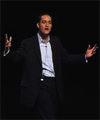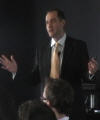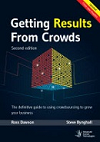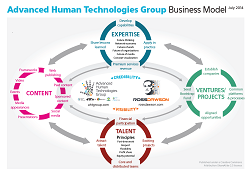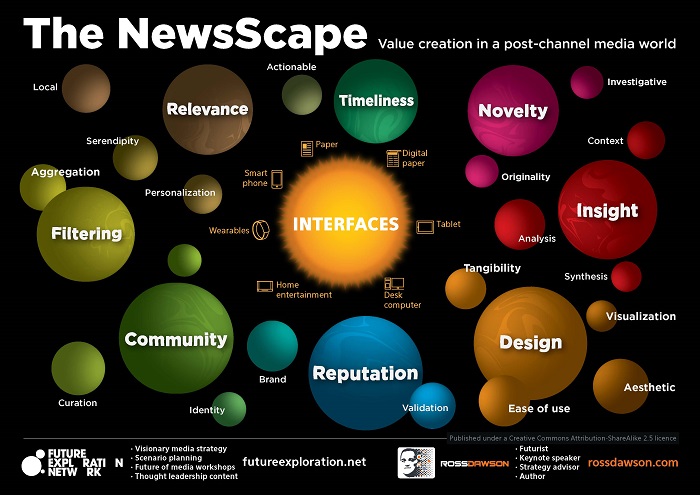Keynote Speaker
Keynote Speaker
Books
In the media
Business Model
Selection of Ross Dawson Frameworks
The NewsScape
Click on the image to see full-size image
This is one of my favorite frameworks, showing the universe of news and where value resides as we shift beyond specific channels such as newspapers or television. Our current and emerging interfaces to news are at the center.
Below is an excerpt from an article on News Limited’s Future of Journalism site in which I describe the 8 elements of the NewsScape from the perspective of journalists.
Timeliness is becoming ever-more important in a world ravenous for immediacy. The reality is that today the first to witness and broadcast news are usually not professional journalists. However the recent explosion in the number of non-professional news sources makes journalists more important in other ways.
Novelty, in uncovering newsworthy stories, remains as critical as ever, reinforcing the importance of traditional journalism. Investigative reporting will retain a central role in society. Increasingly this will involve data analysis, and often harnessing information and insights provided by many citizens.
Insight, through adding context, analysis, and synthesis to news, is where some of the greatest value lies, particularly in business and political journalism. Those who can provide this insight, be they domain experts or journalists with the requisite breadth of experience, will always have a bright future.
Design is moving to the fore everywhere, not least in how we consume information. The skills required to present information, ideas and data in a visual and highly aesthetic format will shift far closer to the heart of what it is to be a journalist.
Reputation becomes even more important in a world of unfettered information production. We will have context-specific measures for the reputation of both publications and individual journalists, enabling their audience to decide whether to place credence in their views.
Community will shift to the centre of media revenue models, meaning that journalists will need to understand and engage well with communities of news consumers, often enlisting their assistance to curate as well as contribute to news reporting.
Filtering is the classic function of editors. However that is receiving significant competition from personalized news selection driven by social curation. In addition, the reality is that many news users will look to news aggregators rather than single publishers for their hourly fix. This means journalists need to understand how social curation works, enabling their work to become visible far beyond the usual readers of their masthead.
Relevance relates news to individuals or small groups of readers, often through personalisation and localisation. Journalists will provide value through a deep understanding of focused groups, the issues they face and the decisions they need to make.
What are your thoughts? What are the most important sources of value in news and journalism today and in the future?
